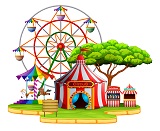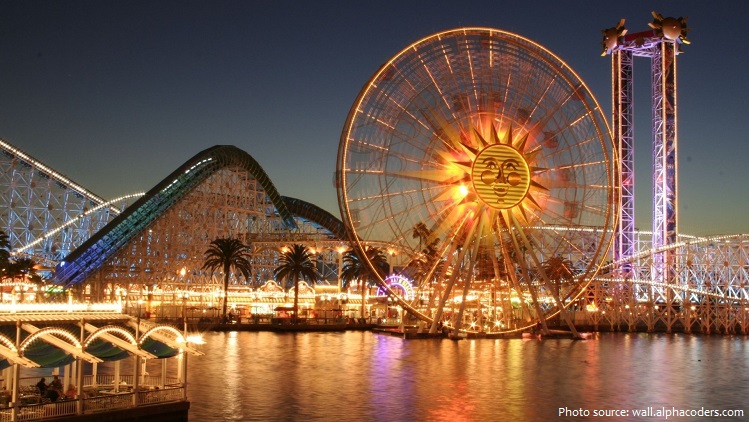
An amusement park is a park that features various attractions, such as rides and games, as well as other events for entertainment purposes.
A theme park is a type of amusement park that bases its structures and attractions around a central theme, often featuring multiple areas with different themes.
The amusement park evolved from three earlier traditions: traveling or periodic fairs, pleasure gardens, and exhibitions such as world fairs.
By the 18th and 19th centuries, they had evolved into places of entertainment for the masses, where the public could view freak shows, acrobatics, conjuring and juggling, take part in competitions and walk
through menageries.
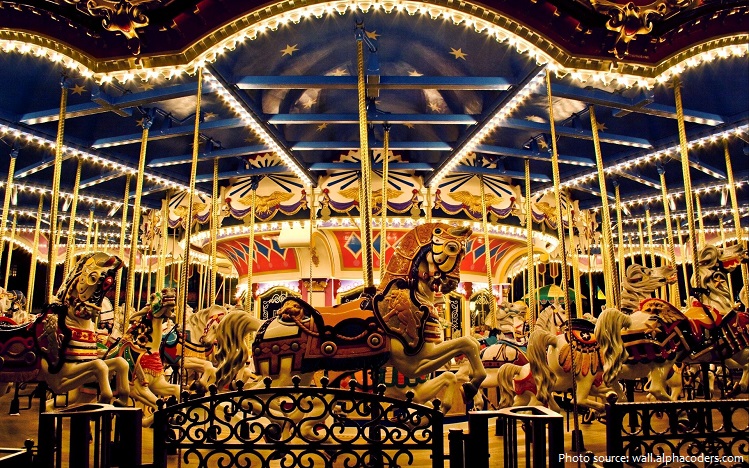
The concept of a fixed park for amusement was further developed with the beginning of the world’s fairs. The first World fair began in 1851 with the construction of the landmark Crystal Palace in London, England. The purpose of the exposition was to celebrate the industrial achievement of the nations of the world and it was designed to educate and entertain the visitors.
In the 1880s, Coney Island began its rise to amusement park fame. Steeplechase Park featured a changing array of attractions, and it became successful by appealing to people’s quest for novelty. Ambitious Dreamland Park offered dramatic spectacles and entertainment along with rides and thrills. They also included a few tawdry options, like side shows and the popular “freak show,” featuring people with unusual abilities or abnormal features.

The growth of the amusement park in America was influenced directly by the concept of the “midway”, an area of a fair set aside for sideshows and other amusements. Complete with the first-ever Ferris Wheel, designed by bridge architect George Washington Ferris for the midway of the Chicago Columbian Exposition of 1893, with its wide array of rides and concessions, was a huge success and dictated amusement park design in the United States for years to come.
Santa Claus Land became the first true theme park in America. Jim Yellig portrayed St. Nick at the park for four decades, and the park has thrived from the 1950s until the present day. In the 1980s, the park added Halloween and the Fourth of July as additional holidays, then changed the park’s name to the more appropriate, Holiday World.
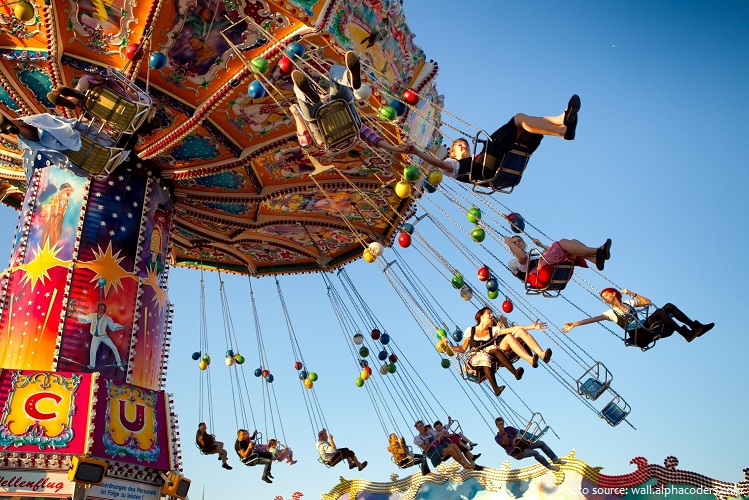
Walt Disney came up with the concept of Disneyland after visiting various amusement parks with his daughters in the 1930s and 1940s. He initially envisioned building a tourist attraction adjacent to his studios in Burbank to entertain fans who wished to visit; however, he soon realized that the proposed site was too small. After hiring a consultant to help him determine an appropriate site for his project, Disney bought a 160-acre (65 ha) site near Anaheim in 1953. Construction began in 1954 and the park was unveiled during a special televised press event on the ABC Television Network on July 17, 1955.
The first regional amusement park, as well as the first Six Flags park, Six Flags Over Texas was officially opened in 1961 in Arlington, Texas. The first Six Flags amusement park was the vision of Angus Wynne, Jr. and helped create the modern, competitive amusement park industry.
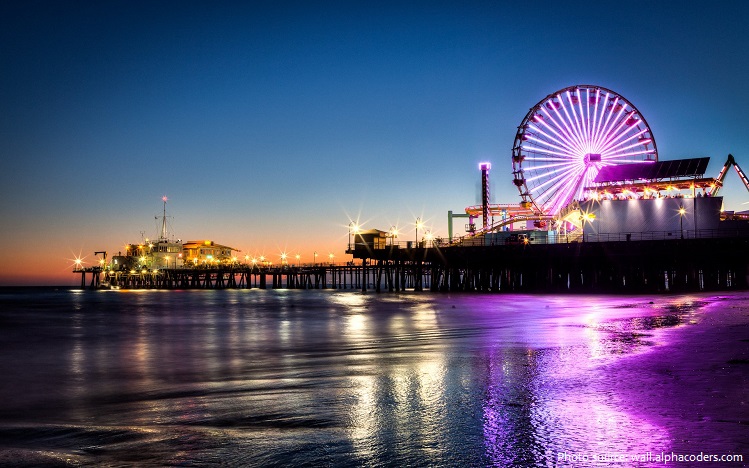
Frederick Ingersoll (1876 – October 23, 1927) was an American inventor, designer, builder and entrepreneur who created the world’s first chain of amusement parks (known collectively as “Luna Parks” regardless of their actual name) and whose manufacturing company built 277 roller coasters, fueling the popularity of trolley parks in the first third of the twentieth century. Some of these parks and roller coasters are still existing today.
Dyrehavsbakken commonly known as Bakken is the oldest amusement park in the world according to Guinness World Records. Bakken was first opened around 1583 after Kristen Pill discovered natural spring that is now known as Jægersborg Dyrehave or Dyrehaven. At the time, the water qaulity in nearby Copenhagen was poor and the spring drew in large crowds of people. It was the pleasure garden in the time when was open. Today, the park have over 150 attractions, including a wooden roller coaster built in 1932.
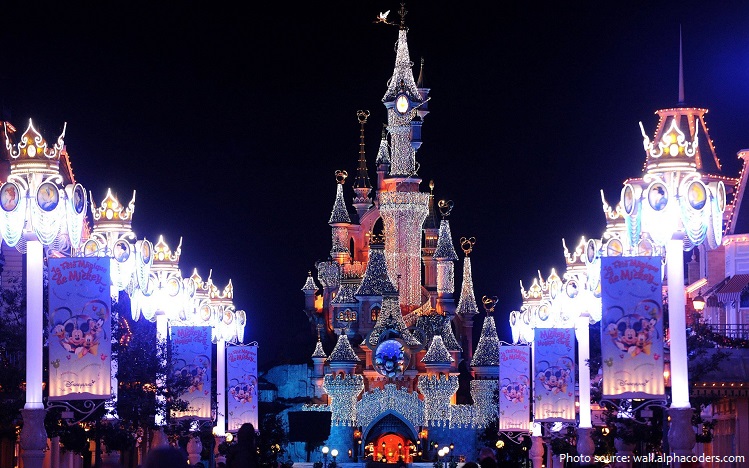
For much of the 17th, 18th and 19th centuries, the famed Vauxhall Gardens offered Londoners a much-needed respite from the grime and sprawl of the big city. Nestled on the south bank of the River Thames, this verdant pleasure garden consisted of several acres of trees and flowers, footpaths, and pavilions lit by thousands of shimmering gas lamps. For the price of one shilling, visitors could stroll through Vauxhall’s lush groves, admire paintings and sculptures and take in music performed by the site’s house orchestra. The Gardens also offered more unusual diversions including a miniature diorama of a village mill and a resident hermit who told fortunes.
Denmark’s Tivoli Gardens first opened in 1843, when showman Georg Carstensen persuaded King Christian VIII to let him build a pleasure garden outside the walls of Copenhagen. Originally constructed on around 20 acres of land, Carstensen’s creation featured a series of oriental-inspired buildings, a lake fashioned from part of the old city moat, flower gardens and bandstands lit by colored gas lamps. The park quickly became a Copenhagen institution, and won fame for its “Tivoli Boys Guard,” a collection of uniformed adolescents who paraded around the premises playing music for visitors.
The world’s largest temporary amusement park springs up around the Oktoberfest Beer Festival in Munich, Germany, each year, attracting up to 50 portable mechanical rides each October.
The most rides in an amusement park is at Cedar Point Amusement Park, Sandusky, Ohio, USA, which dates back to 1870. The park has a total of 72 different mechanical rides as of 21 May 2014.
